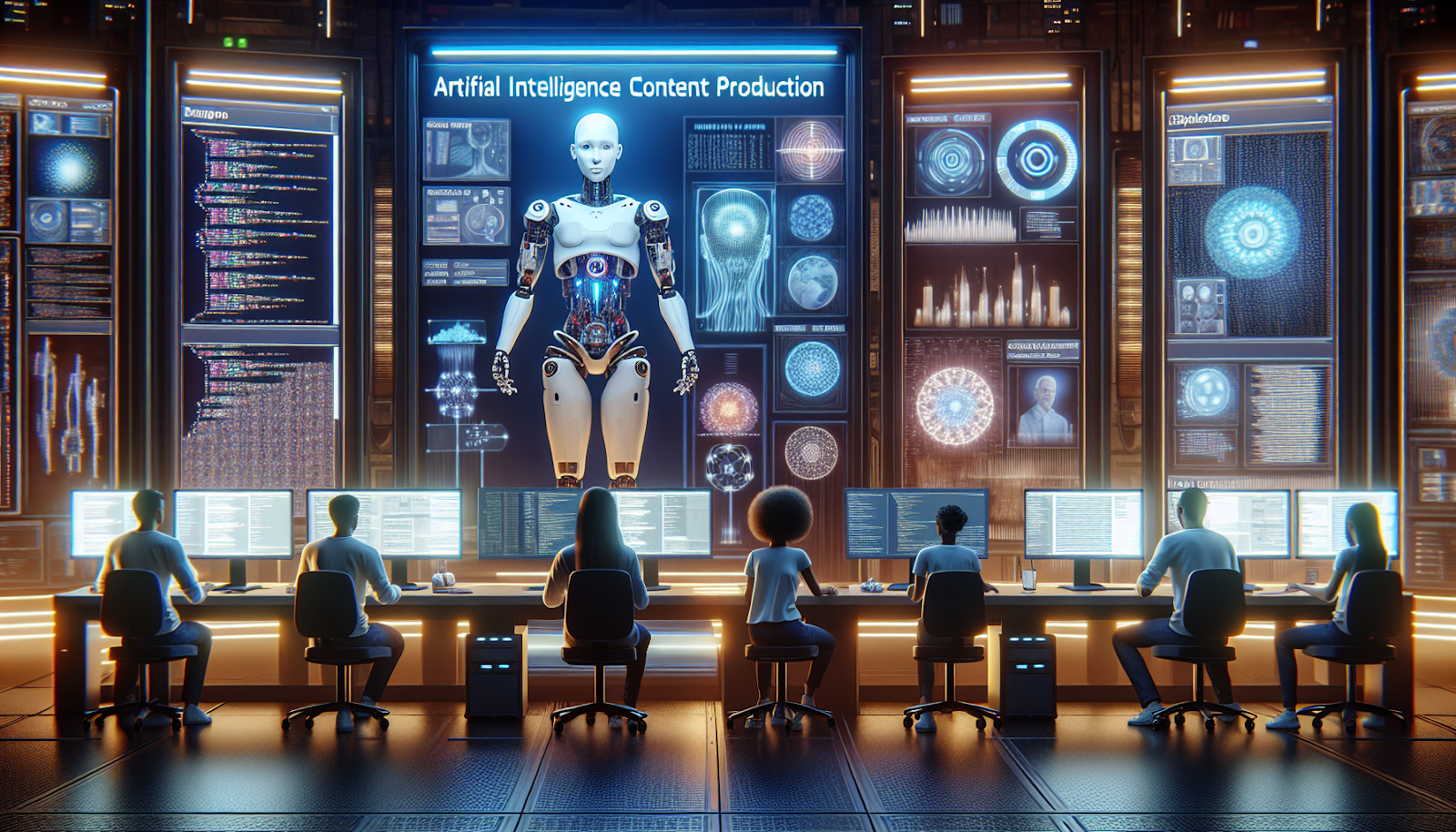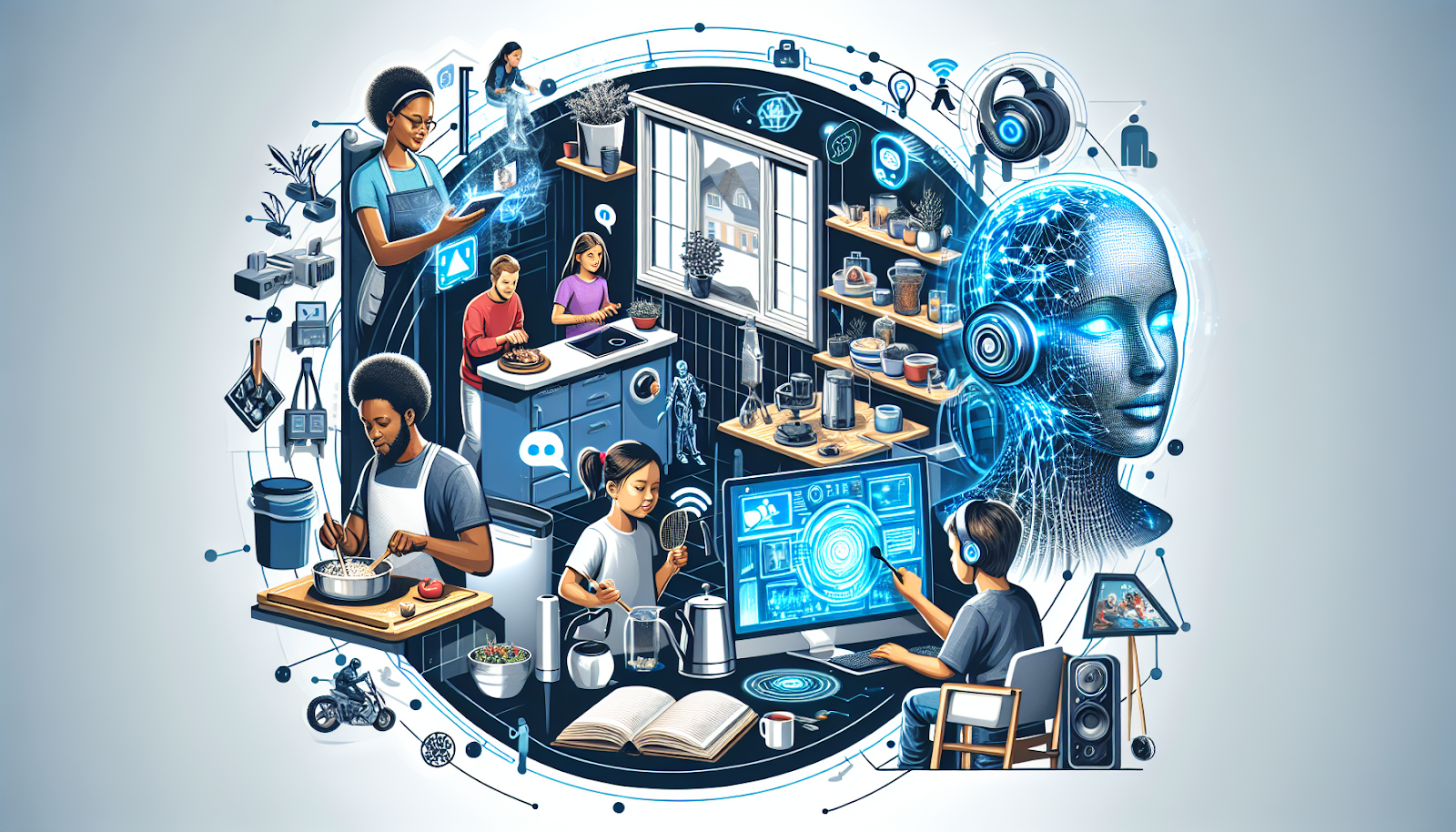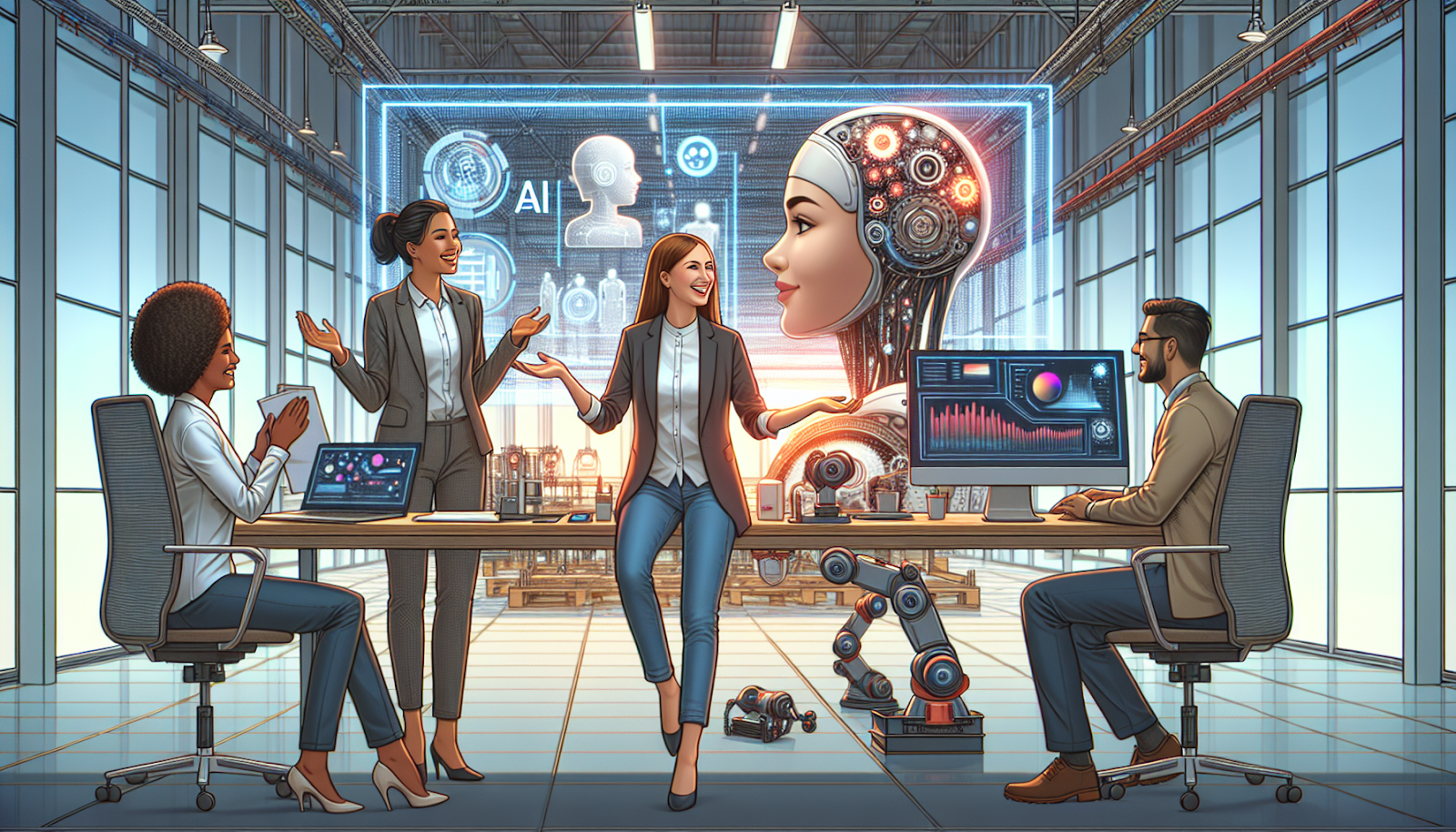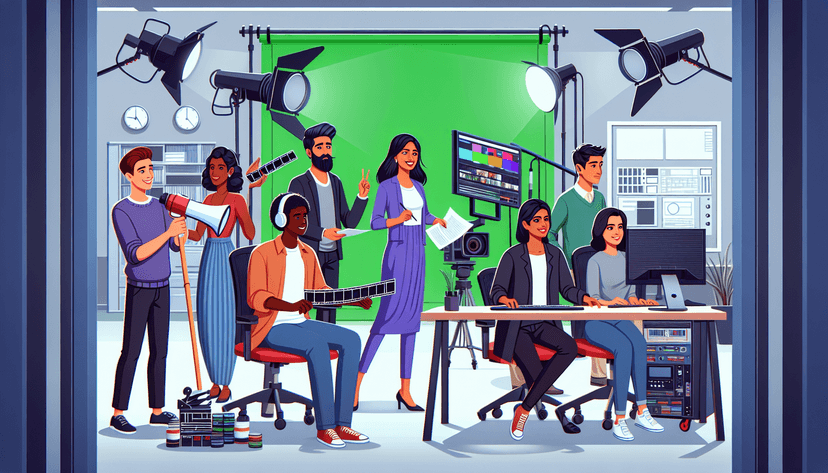Stay ahead of the curve and explore these top six AI trends transforming daily life, business, and work efficiency, from autonomous decision-making to AI-generated content. Learn more about the future of artificial intelligence 2025 today!
Brace yourself for AI’s metamorphosis in 2025… the year when we’ll all witness its transformation. How will it reshape businesses, work, and our personal lives?
The future is here, and it’s closer than we ever imagined.
Yes, the last two years have been a period of AI adaptation and experimentation. Many organizations have used AI to consolidate data strategy, eventually becoming better at maximizing artificial intelligence technologies.
In 2025, we will better understand AI and how it will transform many aspects of our lives.
So, today, let’s dive into the most significant AI trends in 2025… and their major impact across industries.
“AI is already making the impossible feel possible, and over the past year, we’ve seen significant numbers of people and organizations moving from AI experimentation to more meaningful adoption.” - Chris Young, Microsoft’s executive vice president of business development, strategy and ventures
1. AI-generated content will continue to surge

Consuming AI-generated content like videos, podcasts, or articles is becoming more common.
According to a CopyLeaks study, AI-generated content surged 8,362% since ChatGPT was introduced in 2022 (*2013 to March 2024).
Generative AI tools are scalable, fast, and cost-effective, giving creators massive benefits in video production, designing, brainstorming, captioning, translating, and even generating AI scripts. These tools are adopted by vloggers, sales representatives, marketers, and even giant media and entertainment companies like NETFLIX and Paramount Pictures.
No doubt. Many AI tools like Puppetry allow creators to create content like AI talking heads and cartoonified images, empowering anyone to produce stunning videos and cartoonified pictures in a few steps to save time and cost.
Nevertheless, AI predictions in 2025 will include GenAI apps becoming more powerful and multi-modal models advancing.
Helpful reading: 5 Trends for 2025
2. Artificial intelligence will change how we work
More organizations, with almost 70% of the Fortune 500 companies, are now using Microsoft 365 Copilot, an AI assistant for work.
For example, McKinsey & Company is creating an AI agent to speed up its client onboarding process. The AI agent can automate complex processes, including identifying the right staffing teams and expert capabilities, and act as the primary venue where teams can collaborate, ask questions, and request follow-ups. Its ability to reduce manual inputs, such as lowering admin work by 30%, allows employees to better attend to their clients.
More AI agents will be introduced - with better reasoning, multimodal, and memory capabilities.
Saying this, organizations and companies can streamline processes and tasks, such as creating HR reports, answering customer queries, and solving problems with devices. All these can free employees from mundane, repetitive tasks, allowing them to prioritize higher-value ones.
3. AI will be a part of daily life

For example, Microsoft Copilot AI can support its users throughout their daily tasks, making it the perfect AI buddy to simplify and prioritize tasks while protecting their data privacy.
Copilot’s evolution can help you stay more connected to its new capabilities.
For example, the AI pilot can read news and weather reports for you or see what you can see online and then talk to you about it, as it can understand what you’re browsing online.
Copilot can then answer your questions before suggesting the next steps.
Ultimately, it can help users make decisions, such as decorating a new home or buying a new car. It’ll keep improving in the coming years… as it becomes more accurate and (emotionally) intelligent.
4. AI will make resource management more efficient
Datacenter campuses power cloud computing and artificial intelligence, growing more prominent, so finding power to accommodate their needs is more challenging.
AI-enabled data centers that do not require water to cool will be commissioned, and efficient liquid cooling systems will be used.
In the future, more investments will be made in carbon-free power sources to help generate electricity for the grids where AI data centers operate.
5. Agentic AI for autonomous decision-making
AI agents are on the rise. They help in autonomous decision-making and auto-completing tasks, one of the most significant AI breakthroughs in 2025.
According to Gartner, 33% of enterprise software solutions will have an AI agent, an increase from less than one percent in 2024. This will enable 15% of daily work decisions that will be made autonomously.
What is agentic AI? It’s a goal-driven software entity that uses AI techniques to achieve goals by completing tasks while eliminating the need for explicit inputs and not producing predetermined outputs.
However, companies must prepare for this innovation by evaluating technology stacks, use case prioritization aligned with business outcomes, and leveraging integrations and APIs.
6. AI will become more useful

AI models are becoming more efficient and faster for numerous tasks, such as writing and coding. Today, advanced models also have reasoning capabilities for complex problem-solving, similar to how humans think before answering questions (or making decisions).
Such advancements in AI technologies prove to be valuable across industries, including medicine, science, math, coding, and law.
New, powerful, advanced artificial intelligence models can also compare documents and contracts and even generate codes.
Final Thoughts
We have much to look forward to in the coming year, and this list of the biggest AI trends in 2025 is not enough to cover everything (perhaps each theme should have a dedicated post). But certainly, more topics like this will be covered soon. What AI trends and predictions deserve a spot on this list?


![How to Use AI for Coaching in 2024 [+ 6 AI Tools for Coaches]](/_next/image?url=%2Fimages%2Fhow-to-use-ai-for-coaching-I3Mz.png&w=828&q=75)
